Exhibition review: Turner's Wessex at The Salisbury Museum
Andrew Loukes enjoys an impressive show about Turner's Wessex.
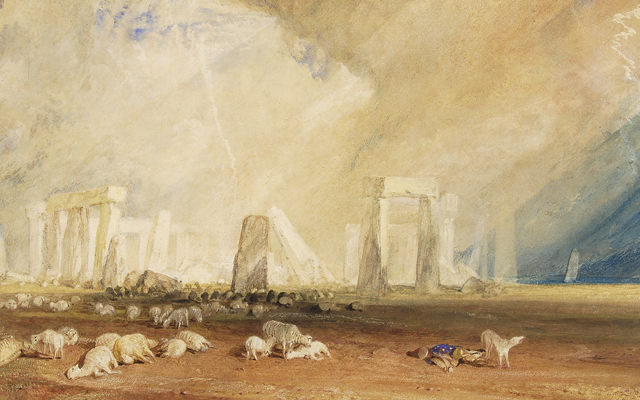

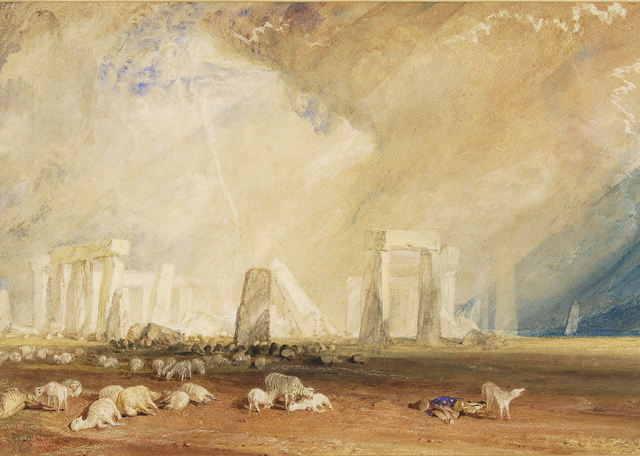
Although defined by its visionary depictions of land and sea, Turner’s art owes much to the skills of draughtsmanship he had learnt as a teenage apprentice with the architects Thomas Hardwick and William Porden and the topographer Thomas Malton Jr.
By 1795, when he was 20, his own watercolour views of historic buildings and town centres were gaining attention and he was already in the practice of making annual sketching excursions to gather the visual information needed for this type of drawing. That year saw him exploring Wiltshire and Hampshire for the first time and seems to have occasioned his introduction to Sir Richard Colt Hoare, who became a major early patron.
Over the ensuing 10 years, Colt Hoare commissioned 17 watercolour views of Salisbury from Turner, all focused on the cathedral and the city’s principal buildings. These were sold from the patron’s seat, nearby Stourhead, by his heirs in 1883, after which the drawings became widely dispersed. The present exhibition reunites the majority of the group for the first time since the 19th century and reinforces their reputation as a body of work that reflects both Turner’s supreme mastery of architectural draughtsmanship and his growing ability to evoke spatial relationships and atmospheric effects.
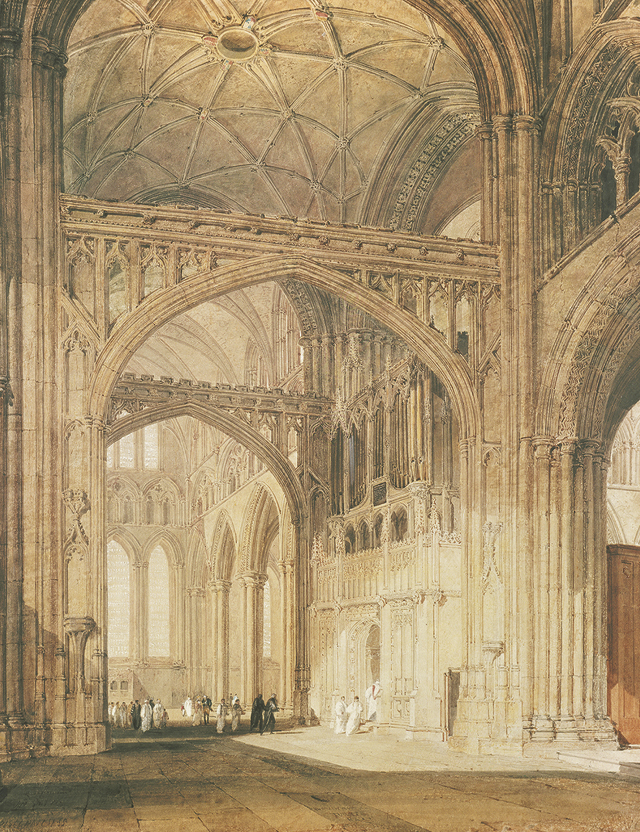
Unsurprisingly, Stourhead was also sketched by Turner during the course of his visits to Colt Hoare and a majestic group of large and unresolved compositions illustrates the artist’s response to its famously breathtaking landscape park. Today, visitors to Stourhead, now owned by the National Trust, can follow in the artist’s footsteps in experiencing these striking views and enjoy what remains of the impressive art collection in the house.
The second great patron to employ Turner in Wiltshire was the vastly wealthy William Beck- ford, whose neo-Gothic Fonthill Abbey, some 10 miles from Stourhead—destroyed in 1825 following the repeated collapse of its 276ft tower—was under construction during the period of the Salisbury commissions.
The notorious ‘Caliph of Fonthill’ duly asked Turner to record this icon of English romanticism in the shape of five large watercolours, for which he was paid handsomely. Two of these, and an intriguing body of associated drawings, feature in the Salisbury show alongside other contextual material connected with this infamous building.
By the 1810s, Turner had become one of the nation’s leading artists and among his regular commissions were orders from publishers to provide extensive sets of topographical watercolours for reproduction by engraving. Wessex features strongly among these works and the present exhibition brings together magnificent representations of Bridport, Lyme Regis (below) and Portsmouth, along with later views of Salisbury.
Sign up for the Country Life Newsletter
Exquisite houses, the beauty of Nature, and how to get the most from your life, straight to your inbox.
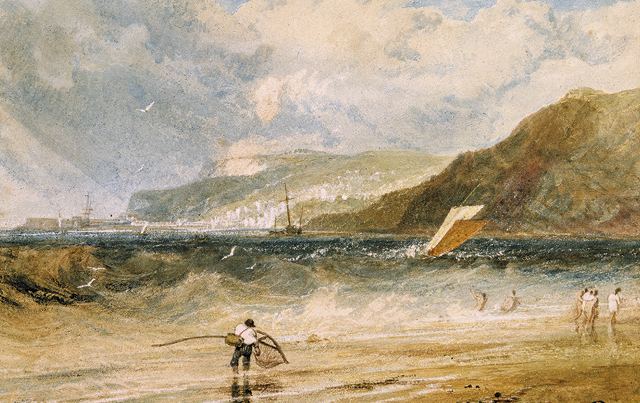
Among the stars of the show is Stonehenge (about 1827–8, pictured top), done for Picturesque Views in England and Wales, which sets the great stone circle in a landscape of such sublimity that a shepherd lies dead in the foreground, slain by the flash of lightning that illuminates the scene. Less theatrical, but equally engaging, are the artist’s responses to Carisbrooke and East Cowes Castles on the Isle of Wight and the breezy marine oil-sketches he made of the Solent in 1827.
A comprehensive catalogue by the distinguished art historian Ian Warrell, the exhibition’s guest curator, accompanies ‘Turner’s Wessex’ and expands authoritatively on the principal themes of the show. This attractive book is additionally valuable for its high-quality illustrations of related works and concludes—like the exhibition—with recently identified depictions of the French King Louis-Phillippe’s arrival in Portsmouth in 1844. These enigmatic and freely painted images offer a striking contrast with the precisely delineated Salisbury works from nearly 50 years earlier, underlining the lasting and varied significance of Wessex to Turner’s art.
‘Turner’s Wessex: Architecture and Ambition’ is at The Salisbury Museum until September 27 (www.salisburymuseum.org.uk; 01722 332151).
Andrew Loukes is Curator of Collections and Exhibitions at Petworth House, West Sussex.
Country Life is unlike any other magazine: the only glossy weekly on the newsstand and the only magazine that has been guest-edited by HRH The King not once, but twice. It is a celebration of modern rural life and all its diverse joys and pleasures — that was first published in Queen Victoria's Diamond Jubilee year. Our eclectic mixture of witty and informative content — from the most up-to-date property news and commentary and a coveted glimpse inside some of the UK's best houses and gardens, to gardening, the arts and interior design, written by experts in their field — still cannot be found in print or online, anywhere else.
-
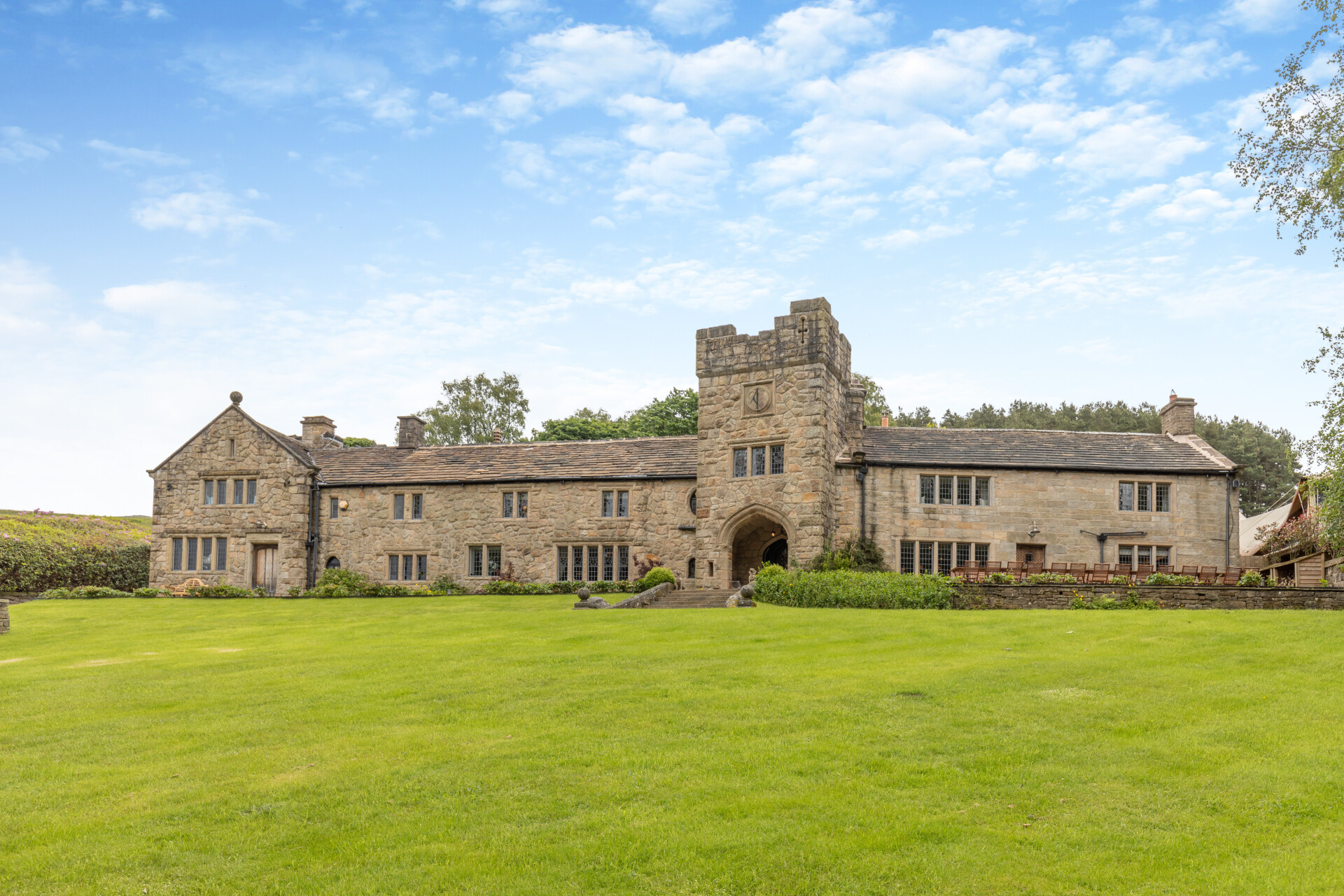 Some of the finest landscapes in the North of England with a 12-bedroom home attached
Some of the finest landscapes in the North of England with a 12-bedroom home attachedUpper House in Derbyshire shows why the Kinder landscape was worth fighting for.
By James Fisher
-
 John Sutcliffe — The man, the myth and the paint-naming legend behind Dead Salmon and Elephant's Breath
John Sutcliffe — The man, the myth and the paint-naming legend behind Dead Salmon and Elephant's BreathBy Carla Passino